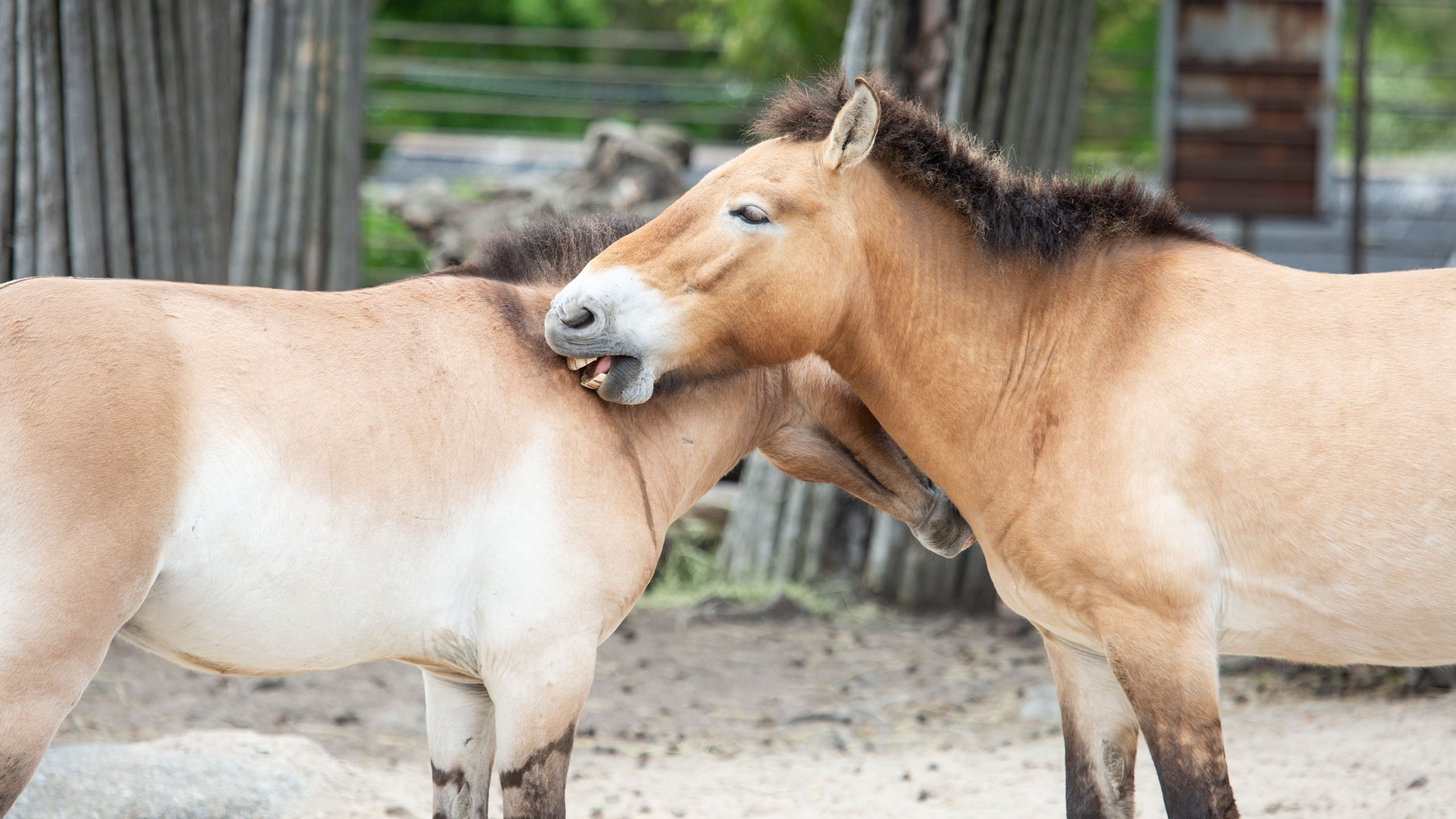Reintroduction projects
Maintaining healthy zoo populations and systemic breeding of endangered animals allow us to participate in wildlife reintroduction projects. Animals born in the zoo are released into the wild into areas from which the species has either completely disappeared, or where the population needs reinforcement. Korkeasaari Zoo has released such animals into the wild as European forest reindeer, Przewalski’s wild horses, European bison, lynxes, European wildcats, snowy owls and bearded vultures.
Animals are reintroduced into the wild according to instructions from IUCN, the International Union for Conservation of Nature, and these projects always require detailed surveys and conditioning of the individual animals before they are released into nature. These reintroduction projects are expensive and time-consuming, which is why Korkeasaari Zoo often engages in them in cooperation with other zoos and conservation organisations.
Supporting conservation efforts in nature
In addition to conservation work at the Zoo, Korkeasaari participates in conservation efforts in different parts of the world. For example, Korkeasaari Zoo employees have travelled to Morocco to help protect Barbary macaques in the field.
Korkeasaari has donated hundreds of thousands of euros for conservation efforts in nature preserves. These funds have been used for such purposes as establishing nature preserves, hiring patrols to protect animals against poachers and enabling the GPS tracking of endangered species.
Research
The research conducted at Korkeasaari Zoo aims to improve animal well-being and the success rate of conservation work. In nature, studying many species can be difficult due to difficult terrain or the scarcity of the species, for example. Zoos make it easy to study the behaviour and reproduction of animals. Various studies and monitoring projects are constantly ongoing at Korkeasaari. The research is often conducted with other institutions, such as universities.
The purpose of studying animal well-being is to use the gained information to develop the care and captivity conditions of animals by coming up with new kinds of enrichment activities for zoo animals, for example. In addition to zoo conditions, monitoring techniques are also utilised during animal transfers.
